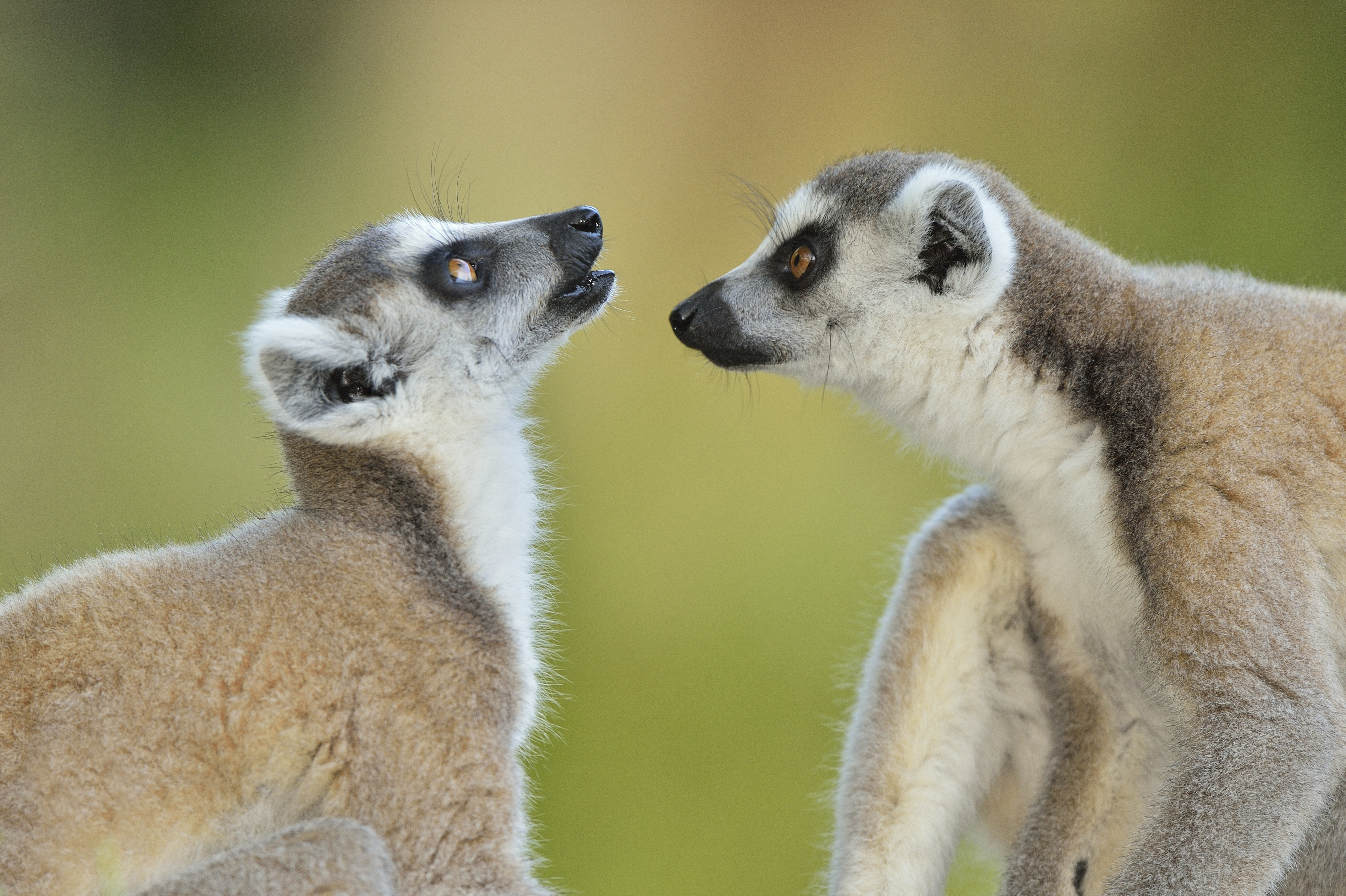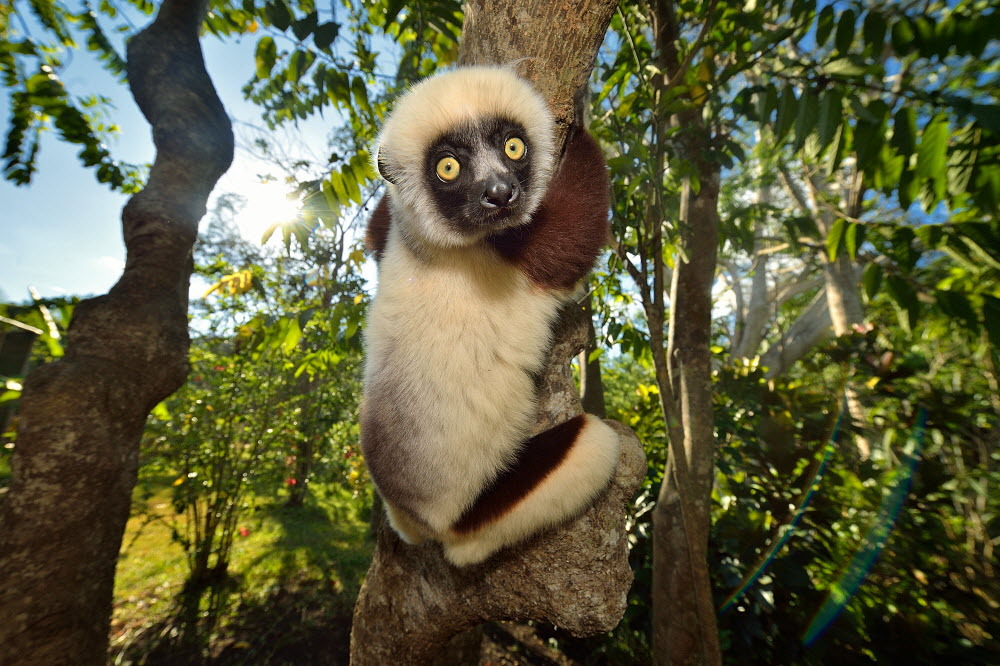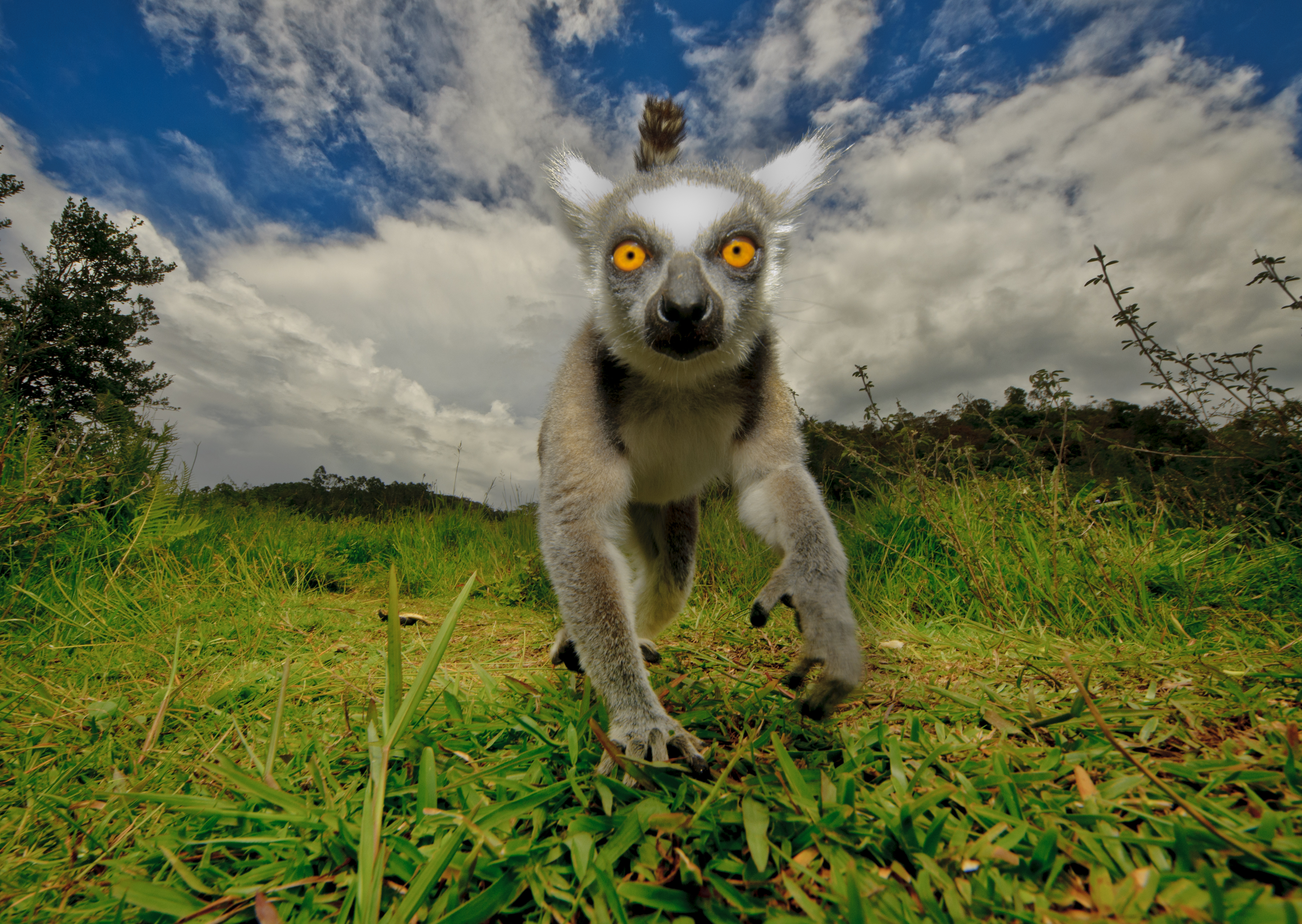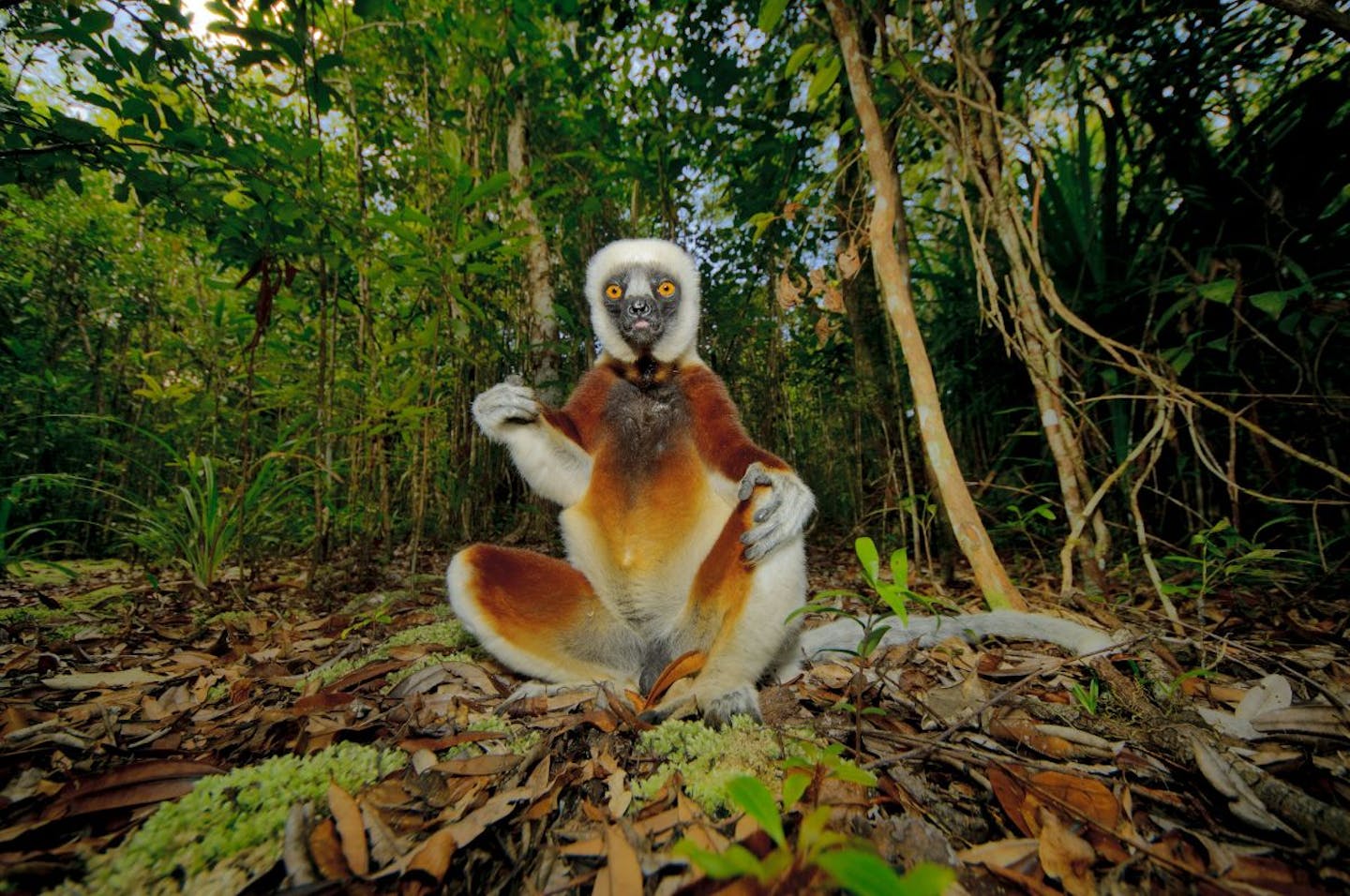The various lives of lemurs
Classified as one of the world’s most biodiverse hotspots, 90% of Madagascar’s wildlife is found nowhere else on earth. This includes the world’s oldest primate, the lemur. When Madagascar split from the Indian subcontinent around 88 million years ago, a habitat where lemurs could evolve in relative isolation was created. The 228,900 square miles of the island nation is home to 112 different species of lemur, a testament to the biodiversity that can evolve when the climate is warm and human intervention is limited.
Lemurs have basic primate traits such as different sized digits on their hands and feet, and nails instead of claws in most species. However, they have wet noses and their brain-to-body size ratio is smaller than most primates. Ranging in weight, the smallest is the one-ounce mouse lemur and the largest is the twenty-pound indri. Despite their diversity in size, lemurs’ diets are similar. Considered opportunistic omnivores, they occasionally eat insects and small vertebrates when necessary. Various lemur species are even known to self-medicate with millipedes for their intoxicating effects. Yet, plant material makes up the majority of their meals. At least 109 known plants are consumed by lemurs and many of these species rely on the primates to disperse their seeds. As lemurs move through the jungle and scrounge for food, pollen and seeds stick to the fibers of their fur and fall throughout the forest. As the lemurs feast on fruit and nectar, their droppings too help fertilize and plant more vegetation. Each specific lemur species prefers a different set of plant species, allowing the lemurs to coexist in the same areas.

Wildscreen Exchange.
Considered highly social, lemurs live in close groups of fifteen or fewer. A female leader dominates the social group, a rarity in mammals, as she takes the role of marking the territory and showing physical aggression to opposing groups. Communication varies with each lemur species. The indri communicate by singing in sync with one another, their horn-like vocals cutting through the noise of the canopy. Ring-tailed lemurs communicate through scent, a stinky one at that. Glands in their wrists and chest secrete a pungent stench that they spread through the forest with their tails. Some of the most common calls amongst lemurs are alarms for predators and for mating. Lemurs are seasonal breeders with the exception of the aye-aye and the Lac Alaotra gentle lemur. Mating season usually lasts three weeks each year and depends on the availability of resources in their environment.

Wildscreen Exchange.
With only one known home and mating being highly susceptible to habitat disruption, lemurs depend on conservation measures for protection. They are listed as the most endangered group of mammals on the International Union for Conservation of Nature Red List of Threatened Species. Humans also benefit from this conservation relationship with lemurs. In addition to playing a key role in maintaining their unique ecosystems, , the Malagasy people rely on revenue from ecotourism. In Indigenous legends, spirits of their ancestors live with certain lemur species. Vows to not harm lemurs are being furthered into legislation by groups such as the Lemur Conservation Foundation and Lemur Conservation Network to protect the life and variety of lemurs.

Wildscreen Exchange.



